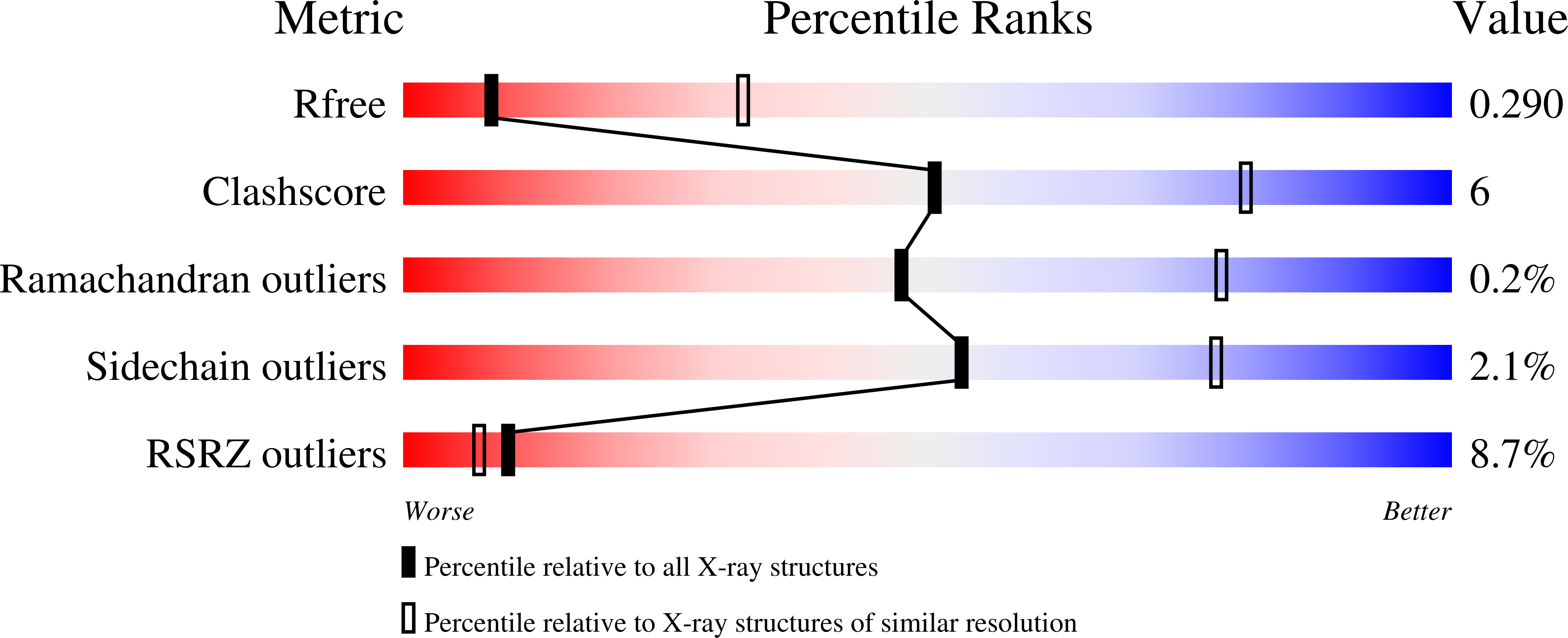
Deposition Date
2022-04-11
Release Date
2023-04-26
Last Version Date
2024-02-07
Entry Detail
PDB ID:
7ZJS
Keywords:
Title:
Structural basis of centromeric cohesion protection by SGO1
Biological Source:
Source Organism:
Homo sapiens (Taxon ID: 9606)
Host Organism:
Method Details:
Experimental Method:
Resolution:
3.24 Å
R-Value Free:
0.28
R-Value Work:
0.26
R-Value Observed:
0.26
Space Group:
P 1 21 1


